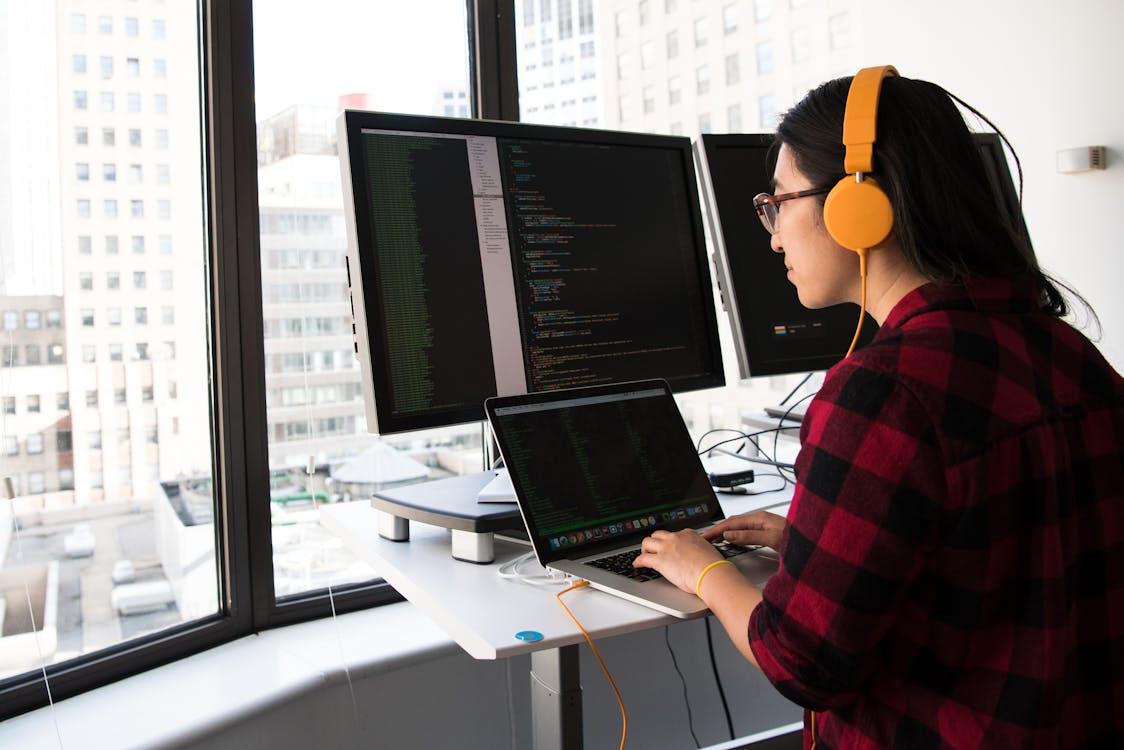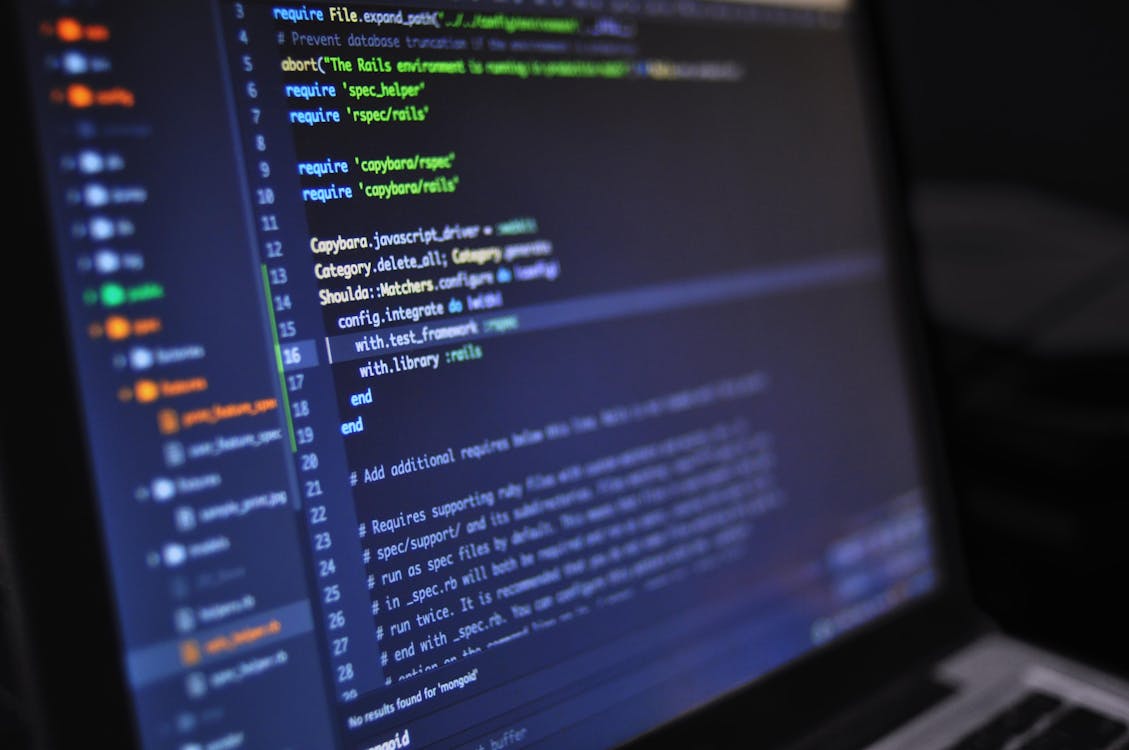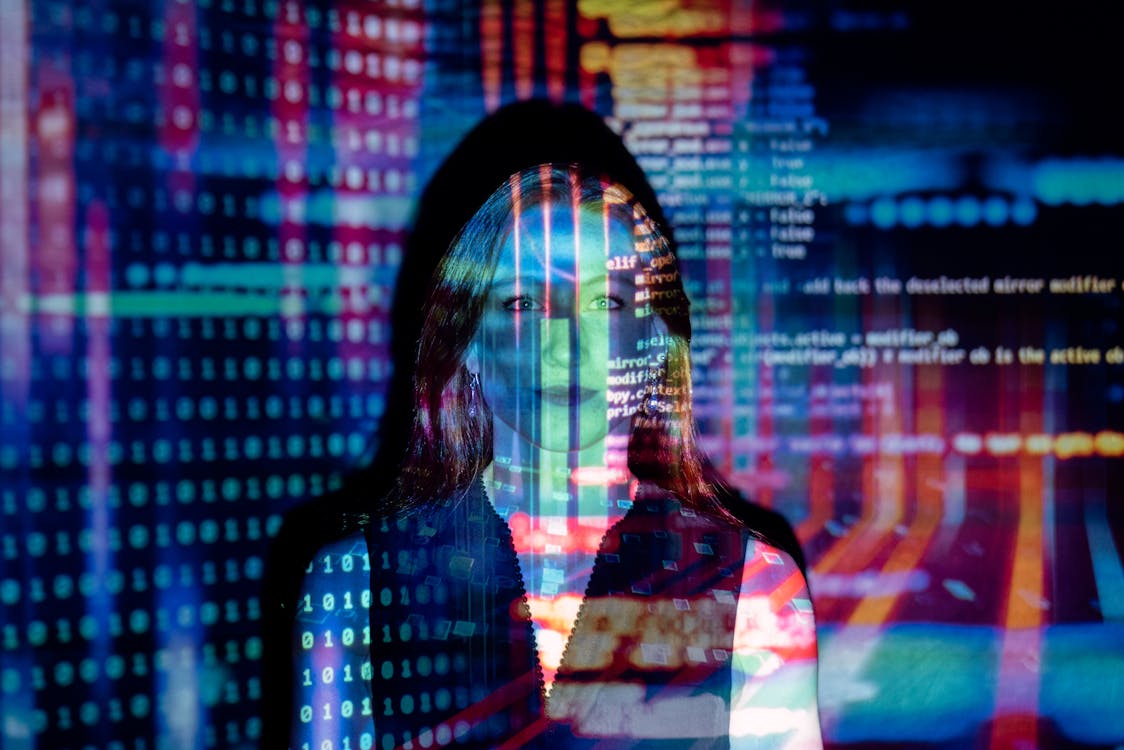Controllable Video Generation: Understanding the Technology and Real-World Applications
Introduction: Why Video Generation Needs “Controllability”
In today’s booming short video platforms, AI-generated video technology is transforming content creation. But have you ever faced this dilemma? When inputting text prompts, the AI-generated content always feels “just not quite right”? For instance, wanting characters in specific poses, camera angles from high above, or precise control over multiple characters’ movements – traditional text controls often fall short.
This article will thoroughly analyze controllable video generation technology, helping you understand how this technology breaks through traditional limitations to achieve more precise video creation. We’ll explain complex concepts in plain language and connect them to practical applications.
1. Technological Development: From Random Generation to Precise Control

1.1 Why Control Is Needed
Traditional text-to-video generation works like a “closed-book exam”: users can only provide a vague scope (text prompts), and AI creates freely. Controllable video generation is like an “open-book exam,” where users can provide more specific “reference materials” (control signals) to guide AI toward more precise outputs.
1.2 Key Technological Breakthroughs
The document shows explosive growth in related research from 2022-2025 (Figure 1). Core breakthroughs include:
-
Multimodal Control: Expanding from single text to 20+ control signals like poses, depth maps, and keypoints -
Architectural Innovation: UNet and DiT (Diffusion Transformer) becoming mainstream architectures -
Training Strategies: Layered training and progressive training techniques enhancing model capabilities
2. Foundation Models: The “Engines” of Video Generation

2.1 UNet Architecture: Classic but Effective
Representative Models: AnimateDiff, Stable Video Diffusion
Principle Analogy: It’s like installing a “timeline processor” for video generation. Traditional image generation models can only process single images, while UNet adds temporal modules to help models understand frame relationships.
Practical Applications:
-
Creating 16-second 256×256 resolution videos -
Supporting rapid adaptation of personalized models (e.g., AnimateDiff can load any personalized image model)
2.2 DiT Architecture: A More Powerful “Video Brain”
Representative Models: CogVideoX, HunyuanVideo
Principle Breakthrough: Replacing traditional UNet with Transformer, like giving the model “global vision.” Better handles long videos (up to 204 frames) and complex scenes.
Technical Highlights:
-
3D VAE Encoder: Like video compression algorithms, 4x8x8 compression ratio -
Multi-resolution Training: Simultaneously processing videos of different sizes -
Chinese Support: Some models support bilingual prompts
3. Control Mechanisms: Installing “Steering Wheels” for AI

3.1 Structural Control: Precisely Shaping Visual Elements
Core Methods:
-
Pose Control: Inputting keyframe pose sequences to generate coherent animations
Example: Inputting 10 dance poses to generate complete dance videos -
Depth Map Control: Using grayscale images to represent spatial relationships, generating 3D-like videos
Principle: Brighter areas in depth maps appear more prominent -
Sketch Control: Hand-drawn keyframes guiding generation direction
Application: Rapid storyboard design
3.2 Identity Control: Maintaining Character Consistency
Technical Challenges:
-
Preventing “face swapping”: Maintaining character features across different angles -
Balancing motion and identity: Preserving features during large movements
Solutions:
-
Feature Disentanglement: Separating character appearance from motion processing -
Temporal Attention: Ensuring cross-frame feature consistency
Example: Inputting a passport photo to generate a running video of that person
3.3 Image Control: From Single Images to Videos
Typical Applications:
-
Image Animation: Adding motion effects to static images -
Video Frame Interpolation: Generating intermediate frames between keyframes -
Video Extension: Lengthening existing videos
Technical Breakthroughs:
-
Image Retention Module: Preventing prompt words from “overwriting” original image details -
Dual-stream Injection: Simultaneously processing image and text features
4. Typical Applications: The “Swiss Army Knife” of Video Creation

4.1 Film Production
-
Virtual Filming: Inputting 3D scene layouts (BBox control) to generate multi-camera shots -
Visual Effects Previews: Using sketches to control special effect element trajectories -
Long Video Generation: Generating 5-minute continuous narratives from single concept art
4.2 Digital Humans
-
Virtual Hosts: Inputting speech + facial keypoints to generate matching videos -
Digital Doubles: Generating full-angle character videos from few reference images
Example: Inputting 3-minute audio to generate lip-synced digital human videos
4.3 Autonomous Driving
-
Driving Simulation: Inputting BEV (bird’s-eye view) layouts to generate driving videos -
Scene Reconstruction: Generating complete driving videos from single street images
Application: Testing autonomous driving systems’ responses to rare scenarios
4.4 Interactive Entertainment
-
Game Animation: Inputting character motion trajectories to generate cutscenes -
AR Filters: Real-time control of elements in videos
Example: Automatic generation of “Ant Jiggling” style videos on TikTok
5. Future Outlook: Smarter Video Creation

5.1 Technological Development Directions
-
Unified Control Framework: Simultaneously controlling cameras, characters, and scenes -
LLM + Video Generation: Using large language models to understand complex instructions -
Real-time Generation: Reducing computational costs for second-level generation
5.2 Entrepreneurial Opportunities
-
Vertical Domain Tools: Film pre-visualization, educational video generation -
Personalized Services: Digital human customization, short video automation -
Hardware Integration: Rapid AR/VR content generation
Conclusion: The Era When Everyone Can Be a Video Director
Controllable video generation is breaking down barriers to professional video production. When you can precisely control every shot and character movement, video creation becomes as free as writing. We look forward to this technology bringing more creative possibilities, while also needing to address ethical concerns – after all, when AI can perfectly mimic anyone, we need to think more about what constitutes authentic creation.

